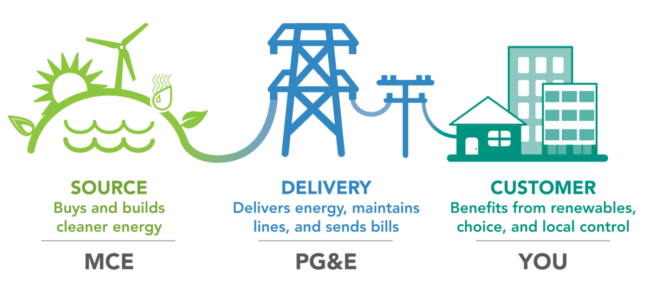This segment investigates procedures for evaluating green power by thinking about how utilities regularly set their rates and record the expense differential between renewable energy and traditional energy sources. In the most straightforward sense, electricity rates reflect cost recuperation of a utility’s speculations and working costs. These expenses include:
- possessing age,
- claiming transmission and circulation resources,
- a profit from claimed resources,
- bought power agreements, and
- recuperation of different working costs,
including fuel expenses, upkeep, and organization. Age, transmission, and conveyance costs are generally moved up or packaged together into a utility’s rate and not followed independently in customarily managed Electricity Rates markets. Since utility expenses are packaged together, all age assets are joined to make a utility “framework blend” of age. All in all, utilities don’t typically recognize individual age hotspots for their clients. In this way, a comparable blend of the utility’s age assets and buying power is given to every client.

For green power projects, utilities and controllers are keen on isolating the particular expenses identified with getting green power. Thusly, green power items are novel, separate electricity items. Since client cooperation is intentional, just those clients that decide to pursue these projects pay the gradual expenses. Green power program members ordinarily pay the greater expense of renewables as a premium on their month-to-month bills. There are four primary parts to the assurance of the green power premium:
- The expense of a green power source. This incorporates the complete expense of electricity as well as natural ascribes from all renewable assets utilized in the item, regardless of whether from wind, sun oriented, geothermal, biomass, or another source, and whether claimed by the utility or gained through a power buy contract.
- Program execution costs. Any extra expenses ascribed to executing the green power program, including organization and advertising.
- Subordinate administration costs. The extra expenses are brought about by coordinating variable yield assets, especially wind, into a utility’s framework.
- The expense of uprooted utility age (and limit) assets. The renewable asset uproots electricity that the utility would somehow or another have produced or bought.
The Cost of the Green Power Source
The expense of the green power sources is caught through the particular power buy arrangements for renewable energy or RECs, or through the administrative endorsement measure for utility possessed renewable ventures. However long these are followed independently from the remainder of the age blend, the proper renewable age expenses are not settled. One test in deciding age costs results from the vulnerability concerning the number of clients who will take on the program and for how long they will take an interest. In electric business sectors that have not gone through electric industry rebuilding, contracts for age are commonly long haul and interest in claimed offices are for the most part considered to be for the existence of the office. The drawn-out nature of the asset responsibility seriously diverges from the program membership responsibility needed of most clients. Most green power programs don’t need that clients enlist for a particular term, considerably less pursue 10 or 20 years to coordinate with the office or agreement life of the renewable power supply source. Hence, while the yearly expense of renewable energy is clear to decide, the utility faces some degree of hazard that will probably be reflected in the item evaluation.



